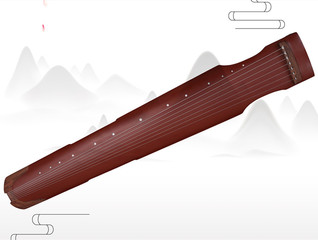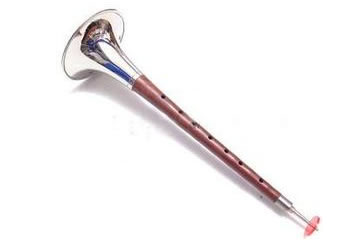The Development of Chinese Traditional Musical Instruments in the 20th Century.
Having gone through years of suffering and development,the erhu has had a very significant position in Chinese music.Through tireless exploration by several generations of performers and composers,the numbers of people who perform on the erhu are significantly enriched and their performance skills improved.From A Bing's Er Quan Ying Yue,Pursuing Toward a Bright Future by Liu Tianhua,to the later created or adapted River Water,Lan Huahua Ballads,Shaanxi Opera Theme Capriccio,Newlyweds Saying Goodbye,and Great Wall Capriccio,the numbers improved and transplanted in recent years,such as Sun Shining Taxkorgan,Song of the Wanderer,and Carmen,the erhu,this ancient musical instrument has experienced new developments in the 20th century.
Not only the erhu,but also other national musical instruments such as the pipa and flute were also developed in the 20century.Liu Tianhua helped make significant reforms for the pipa in the 1930s,and created the Six-phase 13-grade pipa,which can perform traditional musical notes and 12 average notes.The Shanghai Datong Music Society also made a pipa in the shape of a gourd,the earliest six-phase 18-grade pipa of China.After the People's Republic of China was stablished,the pipa made even more pogress.In the beginning the pipa was only an accompaniment instrument,but now its performance skills and numbers have become increasing richer.Today it has become a solo instrument.
With an extensive repertoire,from the pieces handed down from ancient times such as Haiqing Hunting the Swn,Shi Mian MaiFu High Moon to those created in modern times such as Dance Music of the Yi People,Five Warriors on Mountain Wolfeeth,Little Heroic Sisters on the Grassland,Weishui Qing,Spring Rain,Spring Silkworm and other classical works form an impressive repertoire of pipa art.Now,in addition to being used as a solo instrument and part of the national orchestra,the pipa is the main instrument for Jiangnan Sizhu,Canton music,Chaozhou Xianshi,and Fujian Nanyin;In some southern Xiqu and Suzhou Pingtan,Sichuan Qingyin,and other narrative-singing music,the pipa is also a necessary and indispensable accompaniment instrument.




